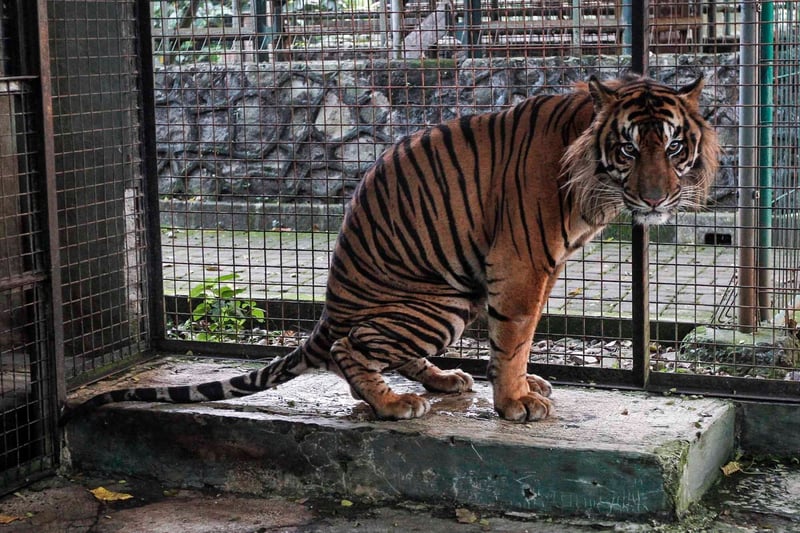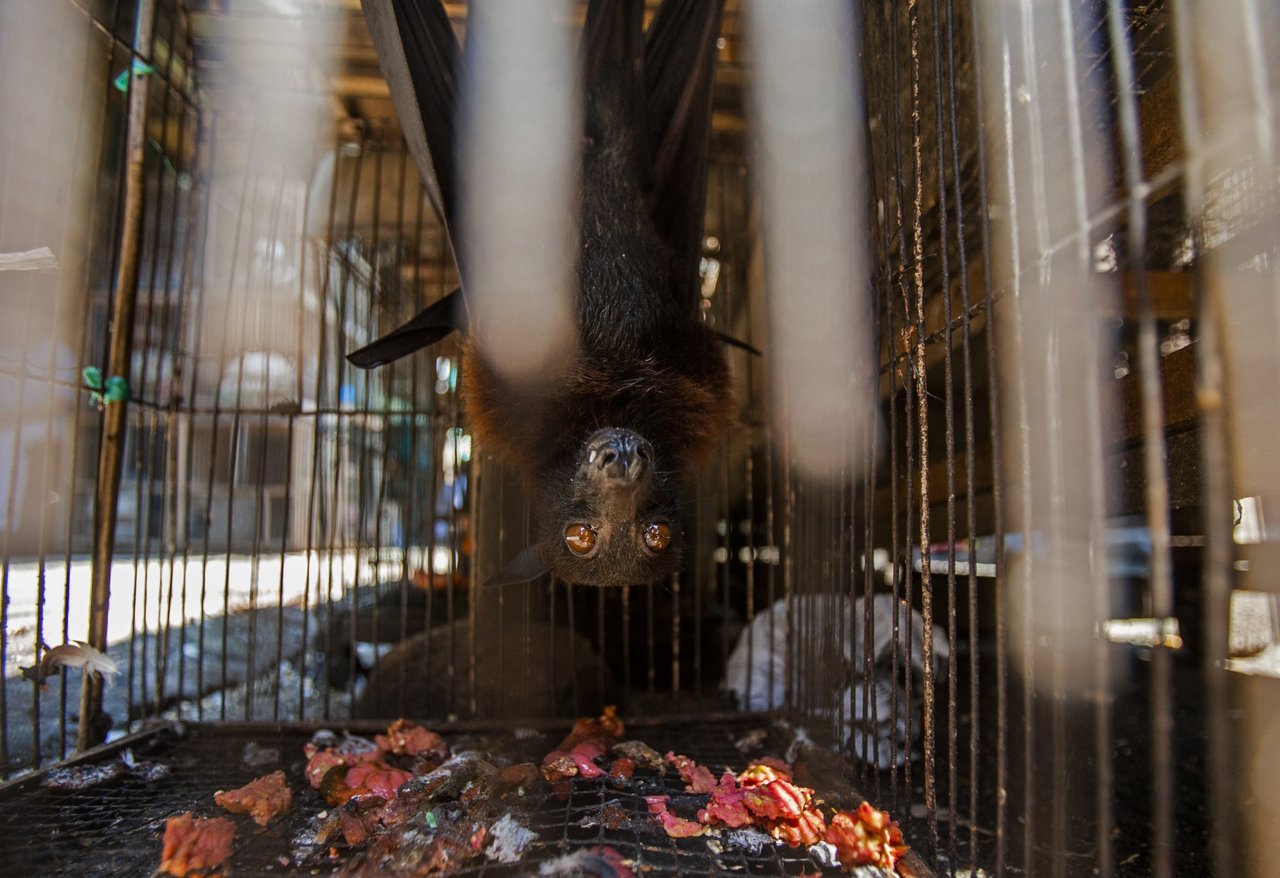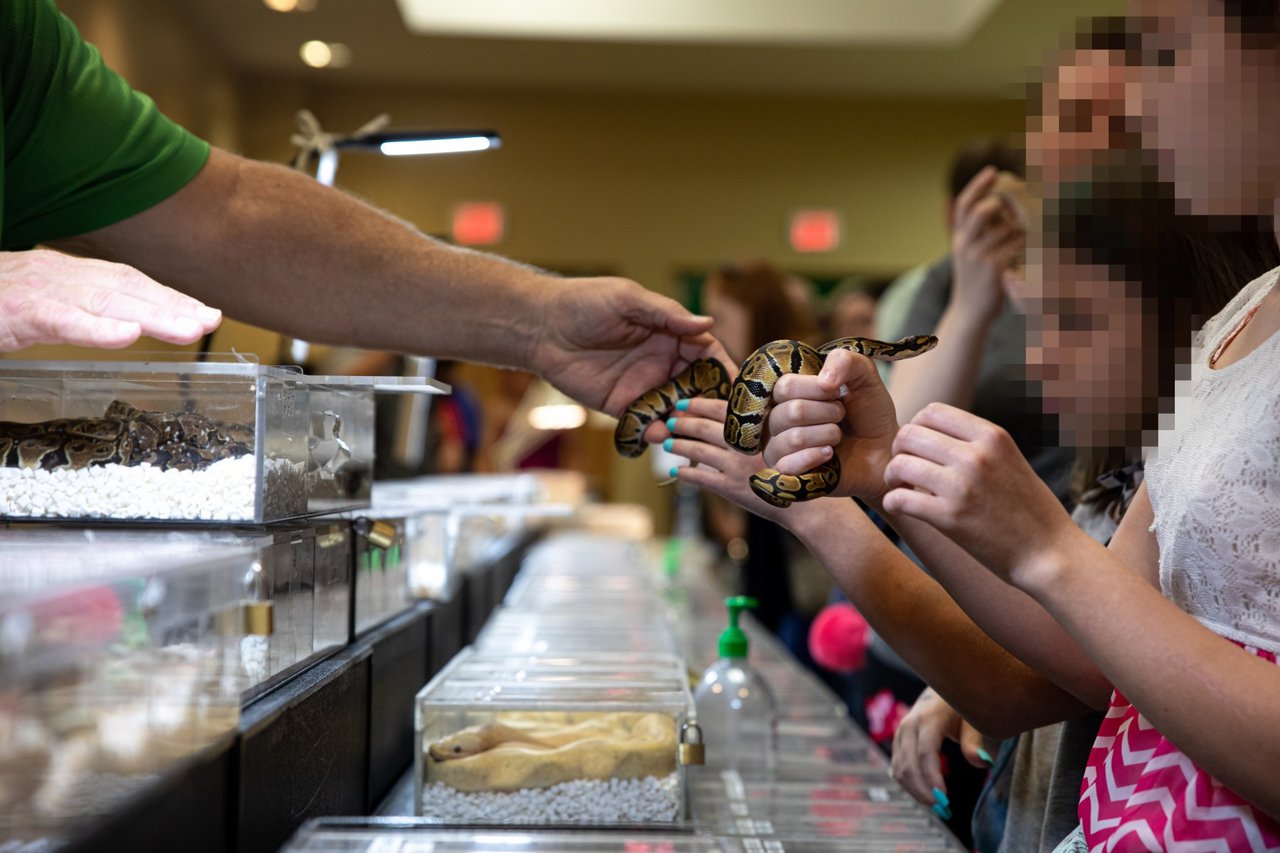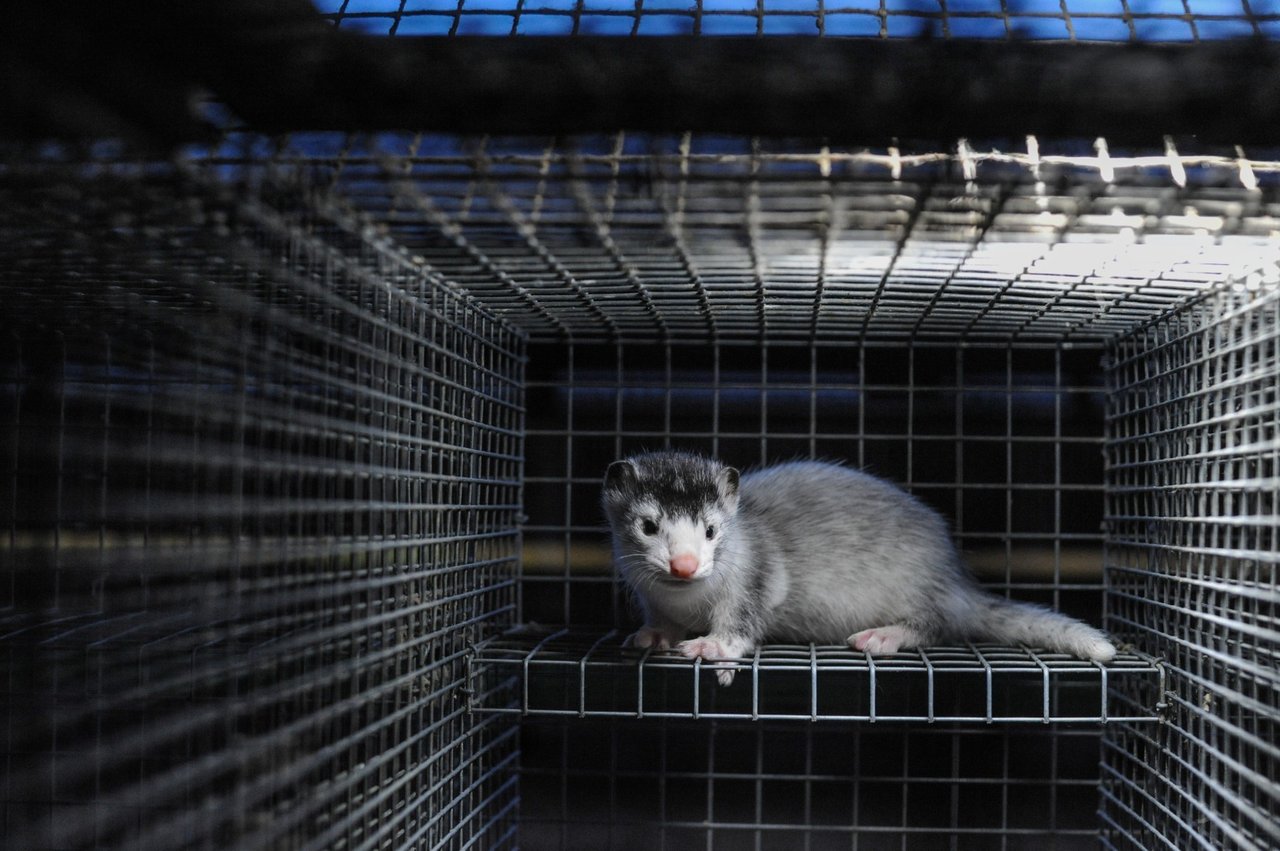
World Animal Protection’s campaign urging G20 leaders to End the Wildlife Trade is nearing a pivotal inflection point, as we approach the November 21 G20 Summit, which, due to the COVID-19 pandemic, has gone virtual this year.
For many Americans, the wildlife trade is something that happens overseas. Images from the start of the COVID-19 pandemic showed filthy cages containing solitary bats, monkeys, and birds piled on top of one another in a wild animal market in a corner of the world few Westerners had heard of. Such were the sights at the wildlife market in Wuhan, China, which is widely believed to have played a major role in the start of the COVID-19 pandemic.
However, overseas wildlife markets are just one area in the global trade in wild animals and wild animal products, which some estimates suggest is worth around $300 billion. There are many other facets to the legal wildlife trade which expose problems that are much closer to home.
Exotic Pets
Around 200 million wild animals are kept as exotic pets in US homes. Comprising mostly of birds, reptiles, and fish, the exotic pet industry is typically fed by captive breeding efforts. However, vast numbers of wild animals are still captured from the wild to supplement the captive gene pool and create ever rarer breeds of animals. As revealed in World Animal Protection’s report and documentary, Suffering in Silence, the majority of ball pythons leaving Africa were exported to America, where demand for rare “albino” and “banana” colored snakes—so-called “morphs”—sees these animals retail for hundreds and even thousands of dollars in pet shops and at reptile expos.
Not only do these reptile markets create untold suffering for the animals who languish in their tiny plastic tubs and deprive them of anything natural, but they also pose a zoonotic disease threat. The US Centers for Disease Control and Prevention estimates that approximately 74,000 Salmonella infections each year in the United States result from exposure to reptiles and amphibians.
Larger animals, too, suffer the consequences of America’s fascination with exotic animals. As highlighted in the smash-hit Netflix series, Tiger King, there are more tigers in captivity in the United States (around 5,000) than exist in the wild anywhere else (fewer than 4,000).
Trophy Hunting
With its love of guns and wealth, the United States is the largest importer of trophy hunting in the world, importing more than 100,000 hunting trophies on average per year. Among the many animals whose parts are legally imported into the United States, giraffe populations have fallen by 40% since 1985 due to poaching, habitat loss, and the trade-in giraffe bones and skins, which are turned into pillows, boots, bible covers, and other trinkets.
Wild Animal Farming
The US is home to many different species of wild animals farmed for their products: Alligators are farmed in the South Eastern United States primarily for their skins; ostriches are farmed for their feathers and meat, and reindeer are farmed for their antlers and novelty meat. These are all niche industries compared to fur farming, which kills around three million minks per year in states such as Wisconsin and Utah.
Animals farmed for fur in the US fall into a legislative loophole as they are considered neither wild nor domestic animals. Therefore, these animals do not benefit from the protections of the Animal Welfare Act nor the Humane Slaughter Act. They are also exempted from most state anti-cruelty laws. Moreover, most fur farms operate without licensing, off both agriculture and wildlife agencies’ radars.
Several mink farms in the US have recently announced outbreaks of COVID-19, replicating outbreaks in Europe. The outbreaks have led to the closure and wholesale destruction of fur farms in the Netherlands and Denmark, where the virus appears to have mutated, causing international alarm.
International Pressure
Aside from the United States’ high demand for wildlife and wild animal products, which some estimates suggest constitutes around one-fifth of the global total, the US plays an undeniably influential role in the wildlife trade at a policy level. The United States’ G20 team has been accused of blocking pandemic preparedness progress because of outdated and discredited skepticism of climate change. Hopefully, this will change under the incoming administration, which appears to be more sensitive to environmental and animal welfare issues than the outgoing President.
World Animal Protection’s fight to #EndWildlifeTrade has been supported by more than 1,000,000 million voices, 150,000 of which came from our US petition. It’s clear that international cooperation will have to play a part in tackling this historic challenge. As for us in the US, the best thing we can do for wild animals is to leave them alone. Let them be wild.
The best thing we can do for wild animals is to leave them alone. Let them be wild.



